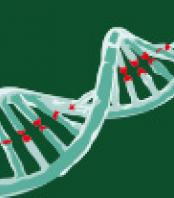Nonalcoholic fatty liver disease (NAFLD) directly affects 10–30% of the human population and is characterized by pathological alterations ranging from simple steatosis to nonalcoholic steatohepatitis (NASH), fibrosis, and irreversible cirrhosis. NAFLD is considered a hepatic component of metabolic syndromes and is thus strongly associated with metabolic diseases such as obesity, insulin resistance, hypertension, and dyslipidemia. The prevalence of NAFLD is strongly associated with obesity and the metabolic complications of over-nutrition, which usually accompany visceral obesity. Visceral obesity is particularly associated with NAFLD. The amount of visceral fat is directly linked to the severity of liver inflammation and fibrosis in NAFLD. Human and animal studies indicate that NAFLD is strongly associated with VAT inflammation and elevated circulating inflammatory factors such as inflammatory adipokines and lipids. It is reasonable that targeting visceral adipose tissue (VAT) can contribute to the treatment and prevention of NAFLD. Accordingly, we thought it plausible that the anti-angiogenic-induced VAT loss may attenuate NAFLD during obesity.
Visualization of real-time visceral adipose tissue vasculature was performed using an FCFM imaging system (Cellvizio, Mauna Kea Technologies) with excitation and emission wavelengths of 488 and 520 nm, respectively.
Read more






































